Advertisement
Companies in today's industrial industry, where fresh ideas and time are vital, aspire to do more than manufacture products. It's becoming increasingly evident that we need to create improvements that can expand and be planned as global supply chains become tighter and the way people work changes. Microsoft Cloud for Manufacturing 2.0 is at this key crossroads. It provides manufacturers with an upgrade that helps them understand how their operations function, makes things clearer, and gives both front-line and back-end teams greater power.
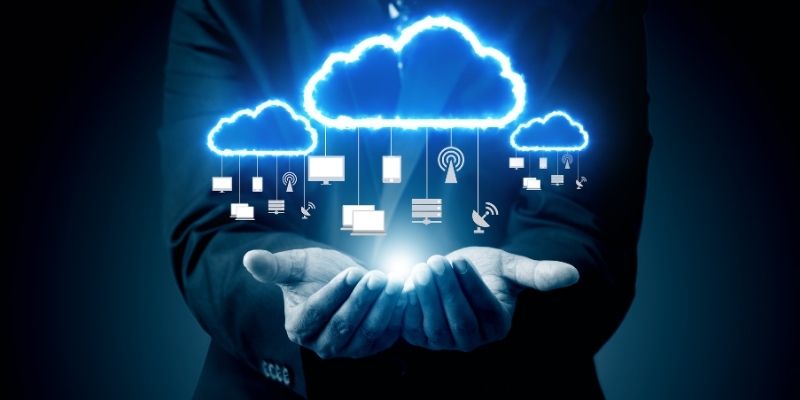
There is always room for improvement in the middle of the manufacturing line. The latest version makes it easier to connect data and provide real-time insights, bringing together operational and informational technology throughout the manufacturing floor. This modification lets any machine, sensor, or system speak to each other. This gives you access to vital information that helps you make better choices every day.
This integration finds a new balance between automation and human supervision regarding production agility. Workers can now examine the quality, keep track of the materials, and immediately solve issues. This makes development both strong and flexible. Instead of reacting to challenges, teams operate with a forward-looking mentality that is in keeping with long-term goals for productivity.
Accessibility is the most crucial factor in making things visible. Microsoft introduced the Factory Operations Agent, an intelligent assistant that lets workers look up plant data in plain English. This move makes the process more transparent, so anybody, including those who aren't technical, may inquire about issues, equipment status, or safety compliance and receive responses immediately, depending on the scenario.
This ability is a huge step toward giving teams more power. Using Copilot Studio, departments may build their own conversational interfaces tailored to their occupations and responsibilities. Companies may unlock potential in all departments and ensure that what they do every day matches their wider strategic aim by making it easy for individuals to access data. The result is a workforce that can make decisions based on facts and understanding, not guesswork.
The most essential item in production is operational safety. In version 2.0, Microsoft integrated a customizable Safety Agent right into Copilot Studio. This makes audits, training, and reporting issues more proactive and simpler to comprehend. This adjustment demonstrates a commitment to putting people first and developing new ideas that go beyond merely obeying regulations.
This makes individuals feel more accountable and like they own their work. Teams no longer have to deal with old regulations and reporting methods by hand. Instead, they operate in a safety ecosystem that is continually evolving, where data flows freely, issues are detected early, and health and safety are always the first priority, even if it means cutting down on productivity. It's no longer simply a hope that factories would be safer and brighter; it's happening.
Uptime and consistency are still critical in all kinds of industrial production. Digital twins and real-time anomaly detection are emerging technologies that improve predictive maintenance and quality monitoring. This helps keep machines working longer and cuts down on unplanned downtime, which is suitable for an efficient and long-lasting production model.
Because of the growing requirement for openness and long-term viability, finding essential metrics like energy usage, defect rates, and scrap percentages is natural and straightforward. Workers receive the tools they need to keep improving at their jobs, and managers get the information they need to ensure that everyone's work aligns with bigger goals. Because of this, the ecosystem is now in balance, and quality and resilience are no longer at odds.
When things go wrong globally, a business's supply chain agility might mean the difference between life and death. With Microsoft Cloud for Manufacturing 2.0, you can better see the complete value chain, from sourcing raw materials to delivering the final product. Integrated connection-time dashboards make it easy for decision-makers to understand how their inventory, suppliers' dependability, and logistics' evolution, from a strategic continuity point of view, transform how manufacturers handle uncertainty. It helps you modify the route on purpose, speed up the order priority, and change the pathways for fulfillment. Departments no longer function in isolation; instead, they work together with a common goal that includes being flexible, responsive, and on the same page for the long term.
Microsoft's growing network of business partners sits at the intersection of technology and working together. Some of the greatest names in the field, including Accenture, Avanade, and Litmus, contribute to the platform's capabilities by providing built-in training, troubleshooting, and analytics solutions. These collaborations provide each firm a shared structure that may alter as their needs change.
This setting enables value creation to grow exponentially. Schaeffler and Bridgestone highlighted how working with tools and teams can speed up results in the real world. Schaeffler reduced onboarding times, while Bridgestone addressed issues faster by utilizing conversational interfaces. These examples highlight not just what's possible but also what's possible on a larger scale, setting a new benchmark for working together on development across departments.
Microsoft has produced a strategic plan for a brighter, more flexible future, focusing on sustainability, integration, and giving workers more authority. Businesses are urged to reimagine their work from the ground up, utilizing technologies that listen, learn, and modify in real time. This is because the Factory Operations and Safety Agents are entirely in place.
This innovation makes difficult systems simpler to operate and speeds up deployments from the point of view of digital maturity. Microsoft is dedicated to deliberate innovation, so they replace outdated features with newer, more unified, and more effective ones. It's not just an update; it's a more concentrated route based on continual thinking and keeping up with the business.
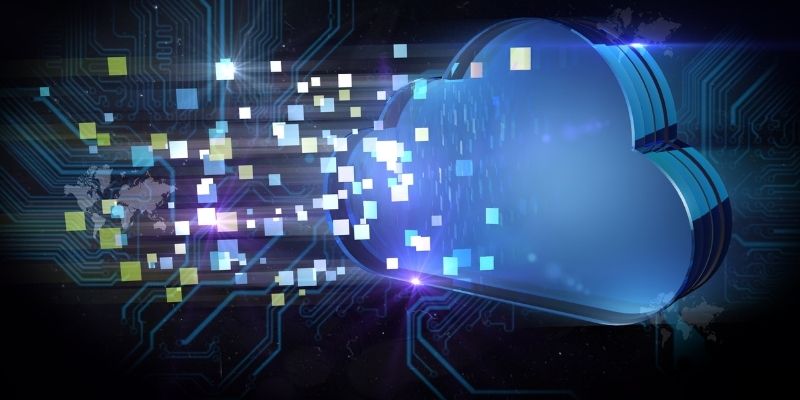
Microsoft Cloud for Manufacturing 2.0 is a massive step toward making factories smarter. It illustrates a shift in how we think, from distinct systems to linked ecosystems and from manual oversight to empowered insight. This update provides tools and a reason to use them, a way to get there, and a vision for the future.
As companies move into this next phase, they do it with increased strength, clarity, and honesty. They get the most out of their workers, improve their jobs, and enhance the level of their complete supply chain. This is not only progress in industrial growth; it is a transformation. It's where new ideas meet plans, and manufacturers grow for a reason.
Advertisement

Explore ChatGPT's 2025 memory updates: how it works, benefits, control options, and privacy insight
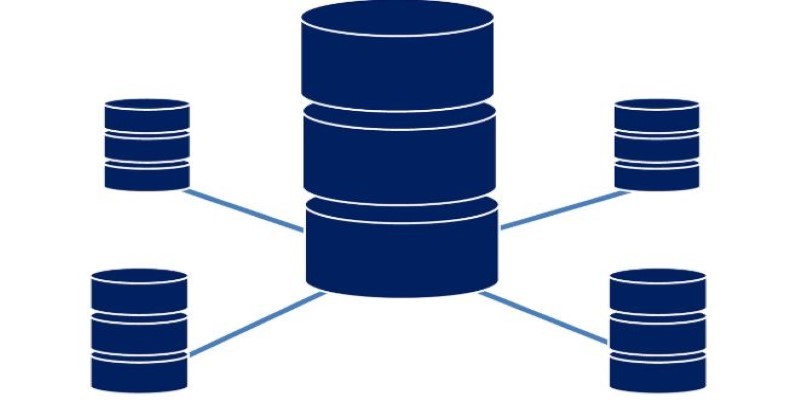
How interacting with remote databases works when using PostgreSQL and DBAPIs. Understand connection setup, query handling, security, and performance best practices for a smooth experience

What happens when AI isn't just helping—but taking over? Amazon CEO Andy Jassy says it's already replacing jobs across operations. Here's what it means for workers and the wider industry

Explore how AI is boosting cybersecurity with smarter threat detection and faster response to cyber attacks
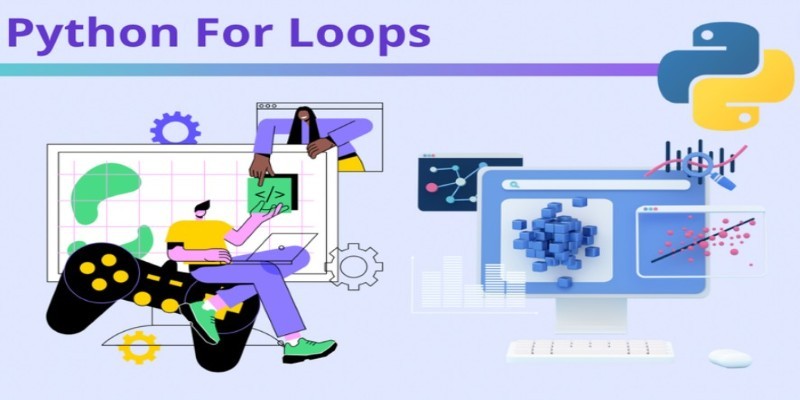
How to use a Python For Loop with easy-to-follow examples. This beginner-friendly guide walks you through practical ways to write clean, effective loops in Python

Discover how an AI platform is transforming newborn eye screening by improving accuracy, reducing costs, and saving live
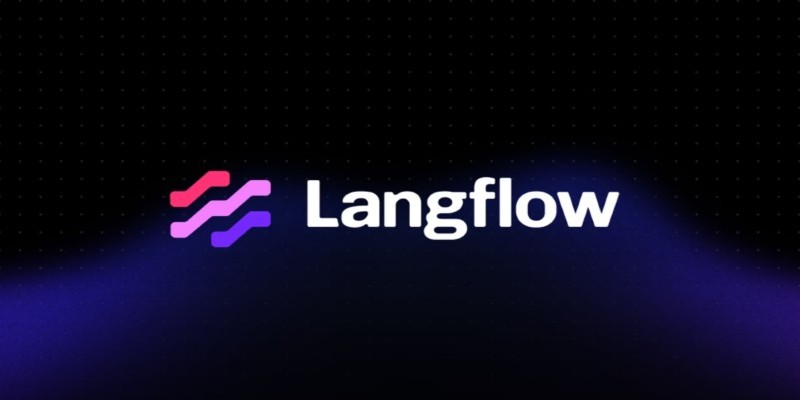
LangFlow is a user-friendly interface built on LangChain that lets you create language model applications visually. Reduce development time and test ideas easily with drag-and-drop workflows
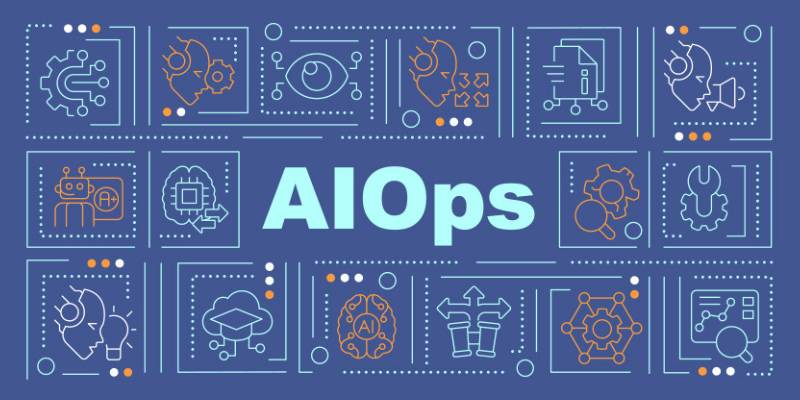
Discover how observability and AIOps transform IT operations with real-time insights, automation, and smart analytics.
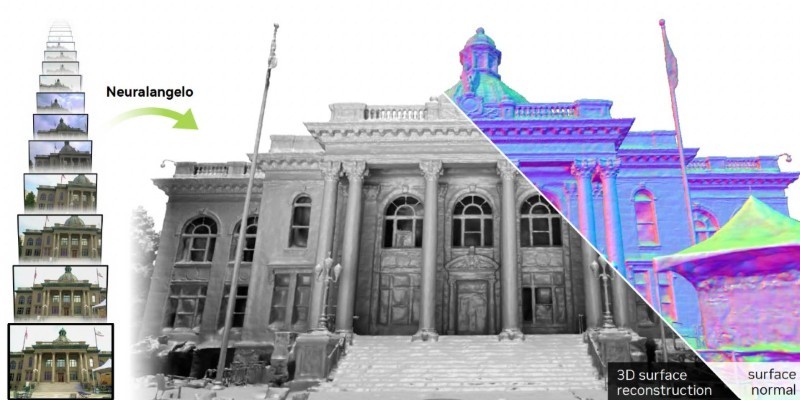
How NVIDIA’s Neuralangelo is redefining 3D video reconstruction by converting ordinary 2D videos into detailed, interactive 3D models using advanced AI

Learn key strategies for prompt engineering to optimize AI language models and improve response accuracy and relevance
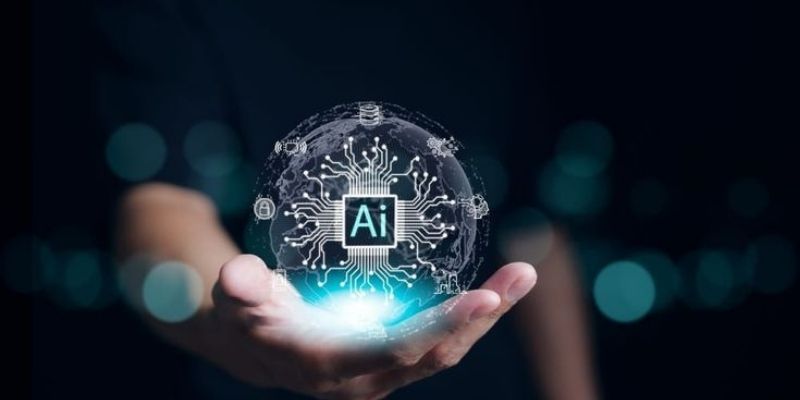
Discover AI’s latest surprises, innovations, and big wins transforming industries and everyday life.

Why is Tesla’s Full Self-Driving under federal scrutiny? From erratic braking to missed stops, NHTSA is investigating safety risks in Tesla’s robotaxis. Here’s what the probe is really about—and why it matters